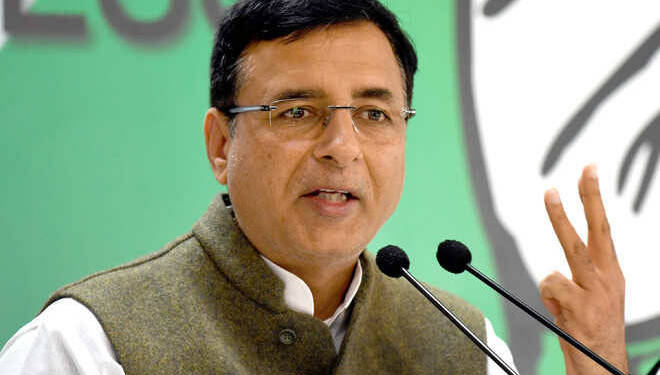Randeep Surjewala, the media convener of the Congress party who keeps spinning stories with the help of the left-liberal establishment, is once again spreading fake news on the reduction of import duty on maize. In a tweet, Surjewala claimed that the Modi government has reduced import duty on maize from 50 percent to 15 percent and allowed import of 5 lakh metric tonnes.
मा. मोदी जी,
भाजपा सरकार ने मक्का किसानों से दगाबाज़ी क्यों की?
आपने 23 जून,2020 को देश में मक्का आयात पर इंपोर्ट ड्यूटी को 50 प्रतिशत से कम कर मात्र 15 प्रतिशत क्यों की?
आपने 5,00,000 मीट्रिक टन सस्ता मक्का विदेशों से मंगाने की छूट क्यों दी?
आज जबाब दें!
15 साल का हिसाब दें।— Randeep Singh Surjewala (@rssurjewala) November 3, 2020
However, this claim falls flat on facts because the import quota and the tariff rates for many products including maize are decided as per the World Trade Organization’s norms, of which India is a signatory since January 1995. As a signatory of WTO’s trade and tariff policies, India committed to provide additional market access through establishing tariff-rate quotas (TRQ) for milk powder, maize and certain edible oils. However, for most years, the quota for imports is not fulfilled given the fact that the price in India is lower than the imports due to a bumper production in the country.
The tariff rate on maize is 60 percent but India also has to fulfill the global tariff rate quota at an in‑quota tariff rate of 15% for the following quantities:
Year 1: 350,000 tonnes
Year 2: 400,000 tonnes
Year 3: 450,000 tonnes
Year 4 and beyond: 500,000 tonnes per year
Despite establishing the TRQs, imports therein have remained nil or almost zero for most of the years. The recent notification of TRQ by the Department of Revenue is pursuant to India’s commitments at the WTO. However, it does not imply that imports under the TRQ will necessarily take place. If past experience is any indicator, exporters from other countries have not found it easy to utilise the TRQ for accessing the Indian market.
As evident from the image above, despite having a quota of 5 lakh tonnes per year, the highest import ever was in FY16 of 1.81 lakh tonnes which is less than half of the limit. For most of the years when the crop is average or above average, the foreign countries are not able to sell much of maize in India because the prices in the country are lower compared to imports.
India had a bumper crop of maize this Kharif season because farmers have grown maize on 77.69 lakh hectares during Kharif season this year against the normal 74.70 lakh hectares. According to estimates, maize production during the Kharif season is estimated to be 19.88 million tonnes against 19.63 million tonnes last year.

India is the seventh-largest producer of maize in the world and the foodgrain is already trading at a rate below MSP. Most of the states which promised to purchase maize at MSP have not done so and the mandi prices are below the government rate given the bumper production. Therefore, the foreign producers would not be able to sell maize in India because the prices are already low compared to imports.
But, not only Surjewala but the whole Congress party appears to not be well versed in the field of economics and a few experts they have, like Manmohan Singh, and are not allowed to take decisions.
If Surjewala asks for advice from Manmohan Singh on the matter, the former Prime Minister would probably say that India should fulfill its commitment to WTO in bumper crop season because the foreign producers would not be able to sell in India anyway given the low prices. However, expecting Congress to talk sensible and not mislead the people is a long shot.































